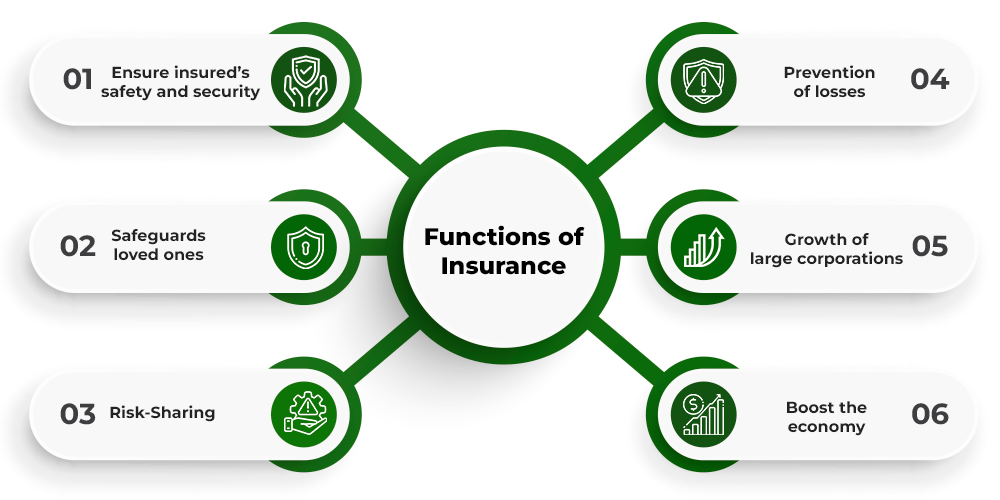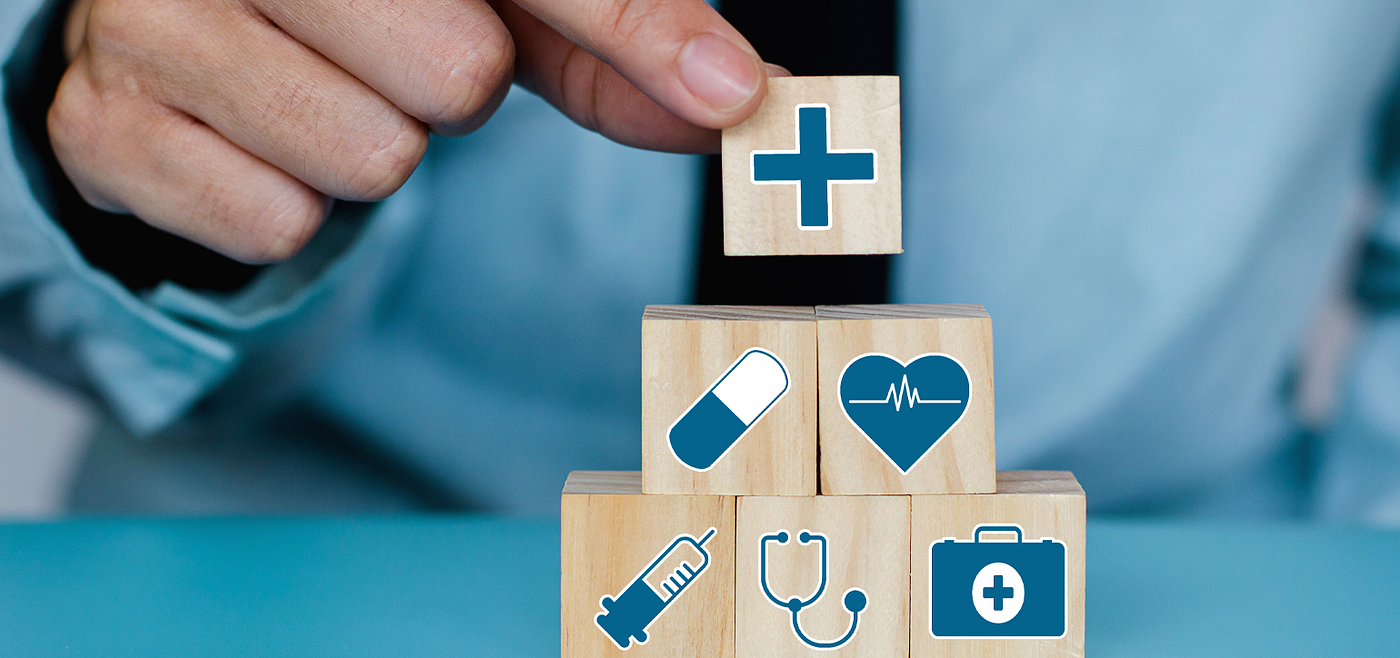Not known Factual Statements About Pacific Prime
Table of ContentsTop Guidelines Of Pacific PrimeAbout Pacific PrimeThe 30-Second Trick For Pacific Prime5 Easy Facts About Pacific Prime DescribedPacific Prime Can Be Fun For Anyone

This is since the data were accumulated for a period of solid financial efficiency. Of the approximated 42 million individuals that were without insurance, almost about 420,000 (regarding 1 percent) were under 65 years old, the age at which most Americans become qualified for Medicare; 32 million were grownups in between ages 18 and 65, about 19 percent of all grownups in this age; and 10 million were kids under 18 years old, regarding 13.9 percent of all youngsters (Mills, 2000).
These estimates of the number of persons without insurance are produced from the annual March Supplement to the Existing Population Survey (CPS), carried out by the Census Bureau. Unless or else noted, nationwide estimates of people without health insurance policy and percentages of the population with various kinds of protection are based on the CPS, one of the most widely utilized resource of estimates of insurance coverage and uninsurance rates.
The Basic Principles Of Pacific Prime

Still, the CPS is especially helpful since it generates yearly quotes relatively quickly, reporting the previous year's insurance protection approximates each September, and due to the fact that it is the basis for a regular collection of quotes for greater than twenty years, allowing for evaluation of trends in protection gradually. For these factors, in addition to the considerable use of the CPS in various other research studies of insurance policy coverage that exist in this report, we rely on CPS estimates, with restrictions noted.

The quote of the variety of uninsured people expands when a population's insurance policy status is tracked for several years. Over a three-year duration starting early in 1993, 72 million people, 29 percent of the united state population, lacked coverage for at least one month. Within a single year (1994 ), 53 million individuals experienced a minimum of a month without protection (Bennefield, 1998a)
6 out of every 10 uninsured grownups are themselves employed. Although working does enhance the possibility that one and one's household participants will have insurance, it is not a guarantee. Also members of households with two permanent wage earners have practically a one-in-ten possibility of being without insurance (9.1 percent uninsured rate) (Hoffman and Pohl, 2000).
The Ultimate Guide To Pacific Prime
New immigrants make up a significant proportion of people without health insurance coverage. One analysis has connected a substantial part of the current development in the size of the U.S. without insurance population to immigrants that showed up in the nation in between 1994 and 1998 (Camarota and Edwards, 2000). Current immigrants (those that concerned the USA within the previous 4 years) do have a high price of being without insurance (46 percent), but they and their kids represent simply 6 percent of those without insurance policy country wide (Holahan et al., 2001).
The relationship between health and wellness insurance coverage and access to care is well established, as documented later in navigate to this site this chapter. Although the connection between wellness insurance and health outcomes is neither straight nor simple, a substantial scientific and wellness services research study literary works web links medical insurance coverage to enhanced accessibility to care, much better high quality, and enhanced personal and population health status.
Degrees of analysis for examining the results of uninsurance. It focuses especially on those without any health and wellness insurance coverage for any length of time.
Pacific Prime for Beginners
The issues dealt with by the underinsured are in some areas similar to those dealt with by the uninsured, although they are typically much less severe. expat insurance. Uninsurance and underinsurance, nonetheless, involve clearly different policy problems, and the methods for resolving them may vary. Throughout this research study and the 5 reports to follow, the major emphasis gets on persons without medical insurance and therefore no assistance in spending for health and wellness care beyond what is offered via charity and safeguard organizations
Medical insurance is an effective factor impacting invoice of treatment since both clients and doctors react to the out-of-pocket price of services - http://tupalo.com/en/users/6478264. Wellness insurance coverage, nonetheless, is neither necessary neither sufficient to access to medical solutions. The independent and direct effect of health and wellness insurance policy protection on access to wellness services is well developed.
Others will certainly acquire the healthcare they need even without medical insurance, by spending for it out of pocket or seeking it from companies who use treatment cost-free or at very subsidized rates. For still others, health insurance alone does not make sure receipt of treatment due to various other nonfinancial barriers, such as an absence of healthcare companies in their community, minimal accessibility to transport, illiteracy, or etymological and cultural distinctions.
What Does Pacific Prime Mean?
Formal research regarding uninsured populaces in the USA dates to the late 1920s and very early 1930s when the Board on the Cost of Medical Treatment generated a collection of records about financing doctor office brows through and hospitalizations. This concern ended up being prominent as the varieties of medically indigent climbed during the Great Clinical depression.